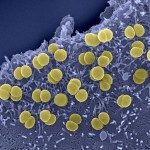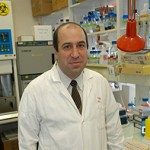Link to Pubmed [PMID] – 26036710
Hum Vaccin Immunother 2015;11(9):2281-6
Neisseria meningitidis or meningococcus is divided into 12 distinct serogroups of which A, B, C, W, X, and Y are medically most important and cause health problems in different parts of the world. The epidemiology of N. meningitidis is unpredictable over time and across geographic regions. Globally, serogroup A has been prevalent in the African “meningitis belt” whereas serogroup B and C have predominated in Europe. In a paper published earlier in this journal (1) , an increase in serogroup Y invasive meningococcal disease (IMD) in some European countries was reported based on the epidemiological data for 2010, 2011 and 2012. Here, we report additional data from 30 European countries indicating that high or increased serogroup Y disease levels have continued in 2013 in certain regions of Europe. In the Western and Central Europe, there were no major changes in the proportion of serogroup Y IMD cases in 2013 compared to 2012. In the Scandinavian countries, proportion of serogroup Y disease remained high, ranging from 26% to 51% in 2013. This was in contrast to Baltic, Eastern and most Southern European countries, where the proportion of serogroup Y IMD was low similarly to previous years. For the last 2 decades, the mean age of patients affected by serogroup Y was 41 y for 7 countries from which data was available and 50% of cases were in patients aged 45 to 88 y. The age distribution of serogroup Y was bimodal and did not change significantly despite the increase of the total number and the proportion of serogroup Y IMD in some European regions.

